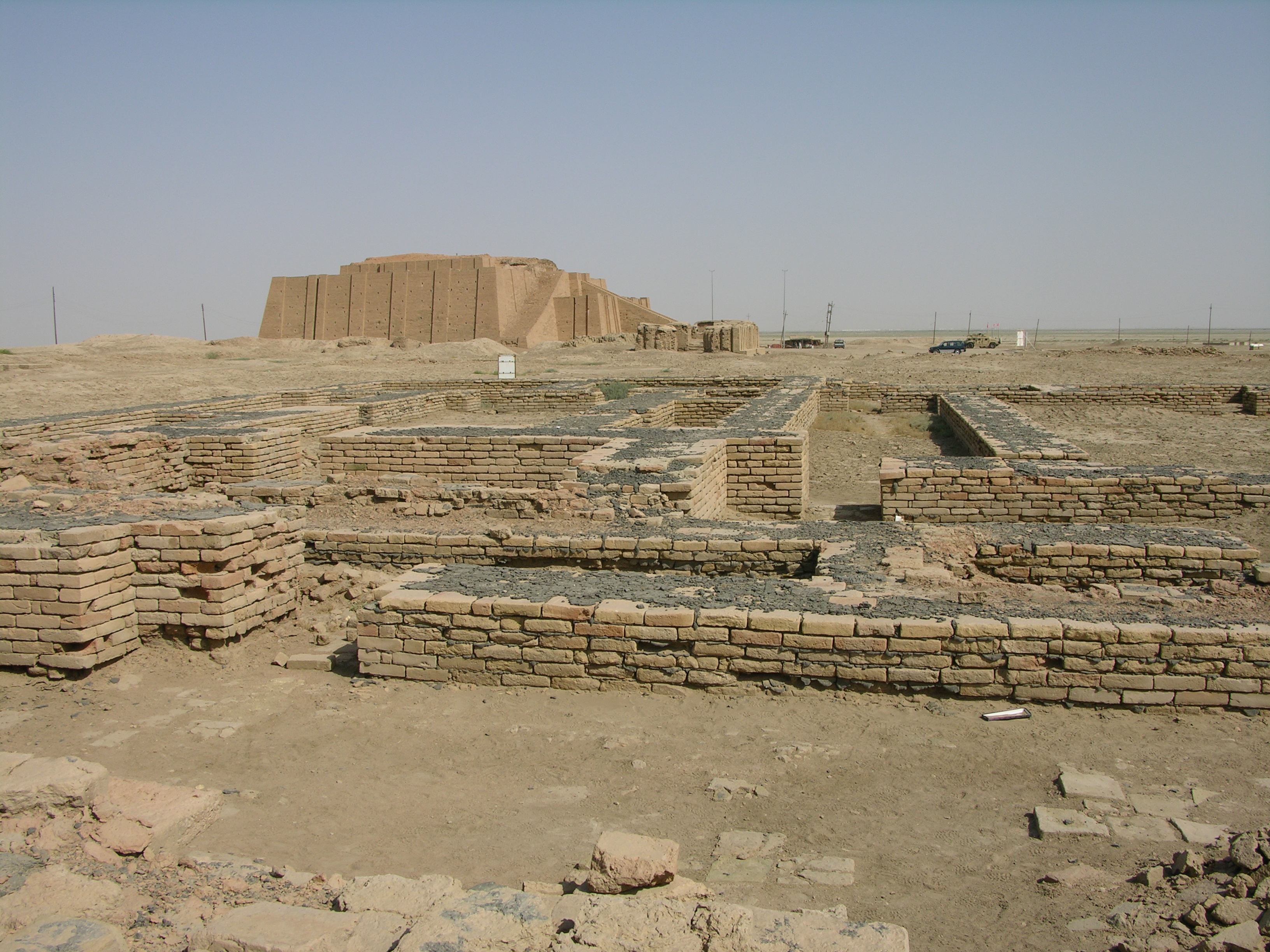Further examples of morés that illustrate
this generalization are easy to find. The fact that so many of the world’s
cultures are patriarchal in design, for instance, is worth pondering.
Female humans appear, in general, to be slightly
less capable than males in some areas such as large muscle strength and
coordination, and in spatial and numerical reasoning ability.8
However, these differences are slight compared with the differences among
members of the same gender, and compared with the differences between males and
females in other species. In addition, they are differences that exist between
mythical beings called the “average man” and the “average woman.” Real
individuals, male and female, vary considerably from the mean. Some women are bodybuilders
and some are mathematical geniuses, while some men are weak and moronic.
Math genius, Emmy Noether (credit: Wikipedia)
Furthermore, objective, scientific analysis reveals
that, on average, females are superior to males in other ways, such as in
coordination of the muscles of the hands and in verbal reasoning skills. That
they have not become the majority of doctors, lawyers, and political leaders in
most of the world’s societies, jobs for which they seem better suited, is
puzzling to say the least. (Women are finally beginning to achieve parity in
medicine, for example, which has been long overdue.9)
Why have females been relegated to positions of
lower status and pay in nearly all the world’s societies? This seems not only
unfair but illogical and inefficient. Aren’t such tribes wasting human
resources? Unfortunately, logic and fairness have not been the determining
factors. Cultural efficiency, it turns out, is subtler.
Actually, logic and fairness are just values
themselves. In other words, like all values, they’re tentative. They must serve
a society’s survival in order to become entrenched in the value code of that
society. If they work counter to the needs of a society’s survival in certain
areas, they will be superseded by what the society will come to call a “higher”
value. In the case of women, for centuries, motherhood was a higher value.
Women bear the young, and a society’s children are
its future in the starkest, most final sense. Women become pregnant due to
anatomy and hormones. We are programmed by our genetics to find sex
pleasurable. We seek it without needing instruction. The biological drive
toward sex is often harnessed and redirected by society’s programming to serve
several of society’s needs at the same time, but these do not have to concern
us for now. Our line of reasoning has to continue to follow the developing
child—society’s future—now in the female’s womb.
Human females, like almost all mammalian females,
are not as capable of running, hiding, gathering, and fighting when in advanced
pregnancy as when they are not pregnant. After delivery, the child, to whom the
mother usually bonds deeply, requires years of care and nurturing before maturing,
becoming able to fend for itself, and making adult contributions to society. In
short, for thousands of years, if a society was to survive, its males had to
protect its females and to assist, at least indirectly, with the work required
in nurturing children. A male was simply more likely to provide assistance and
protection when he believed that the children were his. Individual males who
loved all children were not numerous enough to make a difference to the long-term
odds. Those odds were improved significantly when most of the men knew, or
thought they knew, which kids were biologically theirs.
Note also that male arousal and orgasm are
necessary to procreation; female orgasm is not. Therefore, societies teaching
males to be dominant and females to be submissive thrived, while competing
societies that didn’t teach such values did not. The logical upshot was that
nearly all societies that reproduced at a rate that enabled them to grow taught
their girls to be sexually faithful and generally submissive to their husbands.
Hunting, agricultural, and industrial societies all grew steadily stronger
under patriarchies.
In addition, these societies evolved toward
augmenting their belief in female submissiveness with supporting values and morés
that, in most matters, gave the community’s approval to male dominance. Other
less patriarchal societies stagnated or were assimilated by expanding,
land-seizing, patriarchal ones. Whatever increased male commitment to child
nurture raised the tribe’s odds of going on. Again note that little of the
history of these societies was shaped by a gender-neutral concept of justice.
Young dad with infant daughter (credit: Wikipedia)
In today’s post-industrial societies with computer
technologies (and the changes they have brought to our concepts of work and
home), women can now simultaneously contribute children and work other than
child nurturing to most areas of their culture’s ongoing development and life.
The imperatives of the past that dictated girls had to adopt submissive roles
to ensure the survival of their tribe and its culture are evolutionarily
obsolete. Advances in birth control technologies (e.g. the oral contraceptive)
and in child-rearing and nurturing technologies (e.g., artificial insemination,
infant-feeding mixtures) have made the chores and joys of child rearing
possible for men, and even for single women, who in earlier eras had little
choice but to forego the joys and trials of parenting or else condemn
themselves and their children to society’s stigmatization.








.jpg)



.jpg)


